The price war in China has often been misunderstood, mainly because people tend to view it through a narrow lens, focusing only on the surface-level competition. However, if you understand the underlying principles and historical context of the Chinese-style price war, your perspective might change significantly.
Fifty years ago, when Wal-Mart first opened its doors, it introduced the concept of "Everyday Low Prices." It offered general merchandise at 20% less than its competitors and brand-name products at 50% lower prices. This strategy was not just about lowering prices—it was about building a sustainable and competitive pricing model that ultimately led to massive success. So, is this approach wrong? Of course not. But what's more important than just looking at the price is understanding the system and structure behind it.
It’s often said that Chinese companies are engaged in a price war. In reality, these price wars are largely confined to the domestic market. Chinese firms do not compete with multinational corporations on the global stage because their pricing systems operate on different levels—like two planes flying at different altitudes. One is at 300 meters, and the other is at 1,000 meters; they simply don’t collide.
The strategic value of China’s pricing lies in how it has reshaped the global pricing landscape, making Chinese prices unique and distinct. I don’t believe China’s low prices constitute a traditional price war. These low prices haven’t directly competed with multinational companies, which have focused on high-end markets, while Chinese firms have occupied the low-end segment. There’s no direct overlap, so where is the real competition?
The price wars in the domestic market have also led to many misunderstandings. Without Shuanghui’s price war, there might still be countless counterfeit ham producers today. Without Changhong’s aggressive pricing, the color TV industry might still be dominated by a few large players, and ordinary consumers might not have been able to afford even a 21-inch TV. In fact, the ultimate beneficiaries of these price wars are the consumers themselves.
Industries that are not yet concentrated often experience price wars. Companies that lack the strength to survive may resort to producing substandard goods just to stay afloat. Further research reveals that price wars are an inevitable part of rapid industrial consolidation.
As industries mature, many companies disappear—90%, 99%, or even 99.9% of them. This process is known as industrial concentration. Most foreign industries have already gone through this phase and had their own price wars. However, most Chinese industries are still in the early stages of development and must continue to fight price wars as part of their growth.
**In-depth analysis of price wars reveals several key phenomena:**
1. A price war can be the highest form of competition or the lowest. It may be a last resort for struggling companies, or it could be a sign of strong competitiveness. When a company has a significant cost advantage, it can dominate the market through pricing.
2. The second party in a price war may not always lose. Contrary to the common belief that both sides suffer, sometimes the outcome is a win-win, with the third party being the one who loses—such as foreign competitors in the case of Chinese price wars.
3. Price wars can drive both scale and profit. While it may seem like price wars destroy profits, this is only true in the short term. Winners of price wars can not only outperform their rivals but also generate substantial gains.
Only high-level price wars can eliminate low-level ones. Low-level price wars are essentially price harassment, while high-level ones act as “clean-up operations.†Price wars are essential for catching up in economic development. Countries like the U.S., Japan, and the Asian Tigers all went through similar phases—using price warfare to expand their industries and eventually upgrade them.
We hope that in this challenging year of 2009, some companies will rise to the occasion and take on the role of “cleaning up†the market. Let’s look forward to seeing them succeed.
New Type
Product Description
Production structure have 3 series: Solid fin(big fin) with slant insert tube , single fin(Small fin) with parallel tube expansion and single fin with slant insert tube
Material Composition:
Aluminum Tube OD:: Φ8mm Wall Thickness: 0.508~1.0mm
Aluminum foil thickness: 0.13-0.2mm
Process: Fin stamping and tube bending→tube end press and twist→fins and tube assembly→ leakage test→keeping pressure→packing
|
Raw material
|
(1)Al tube:OD 8mm, wall thickness:0.508-1.0mm
|
|
(2)Al foil thickness: 0.13-0.2mm
|
|
Application
|
refrigeration parts
|
|
Structure
|
(1)pull and expanded type
|
|
|
(2)slant inserting type
|
|
Key process
|
Fin stamping and tube bending→tube end press and twist→fins and tube assembly→ leakage test→keeping pressure→packing
|
The structure have the Al tube expation and Al tube insert with small fin and big fin
Specially refrigeration Al tube and Al. foil fin, pure surface, light weight.
High quality inner clearance, high capability of heat-exchange.
High performance corrosion resistant.
Apply to the refrigeration R134a, R600a.
Production surface can be painted with blue or black painting
Solid Fin Evaporator:
Small fin with tube expansion
Small fin with slant insert tube
Fin evaporator moudle with heater
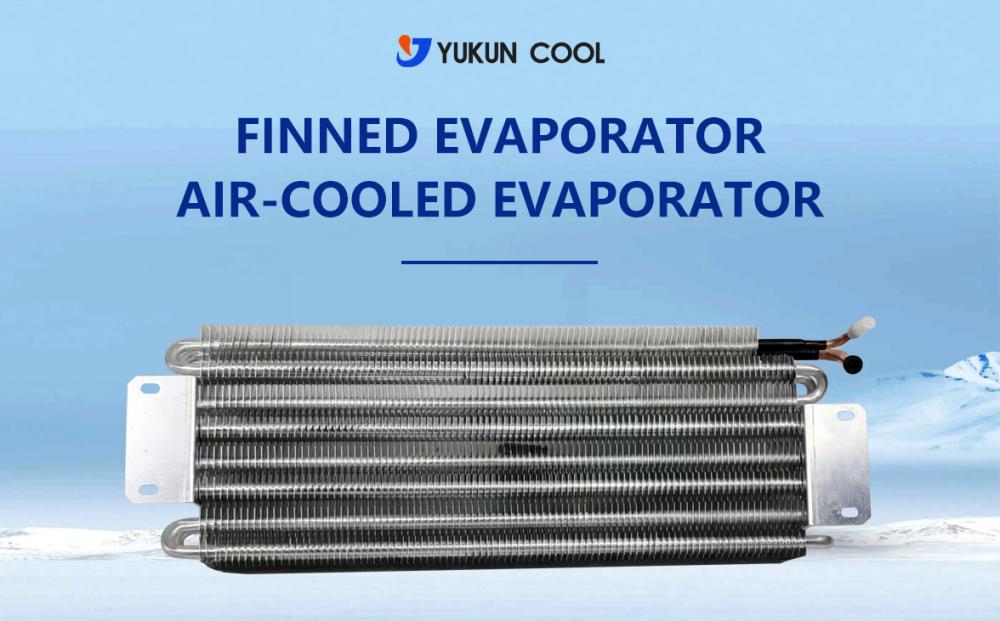
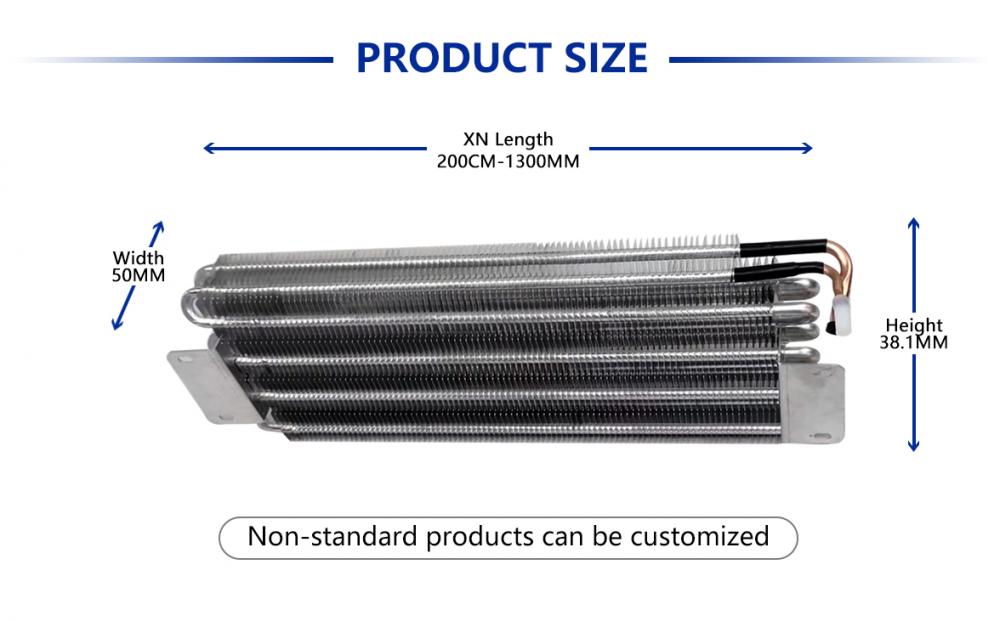
Our company mainly produces products for:Fin Evaporator.Fin Type Condenser.Capillary Tube.Aluminum Coolant Reservoir.Plate Reinforcement Parts.Stamped Parts.Aluminum Tube.Instrument Testing Equipment.
If you have any interest, pls feel free to contact with us at any time. We can supply copper evaporator and copper condensers according to your drawings or samples.
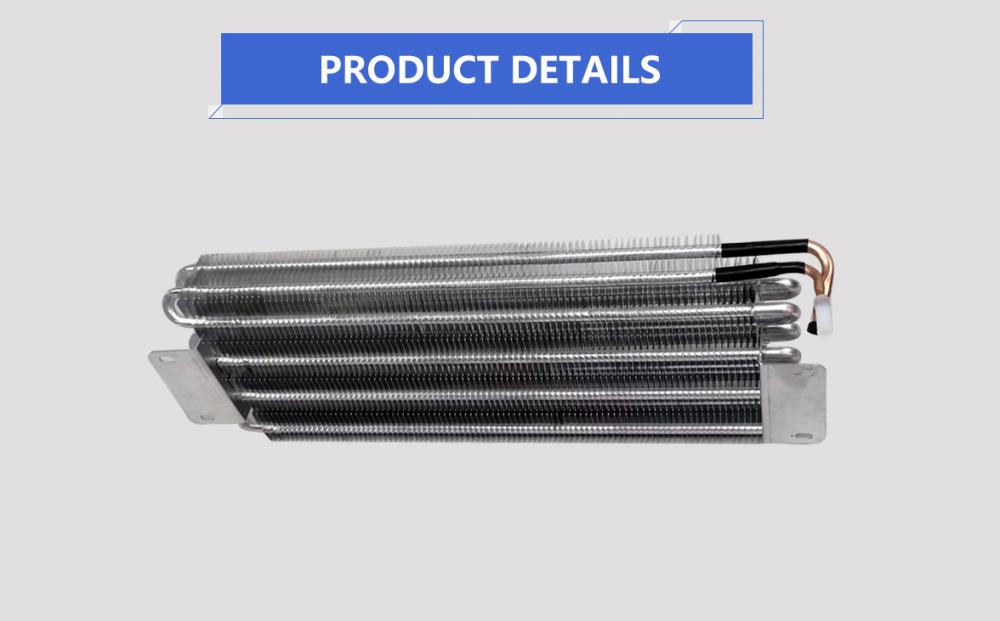
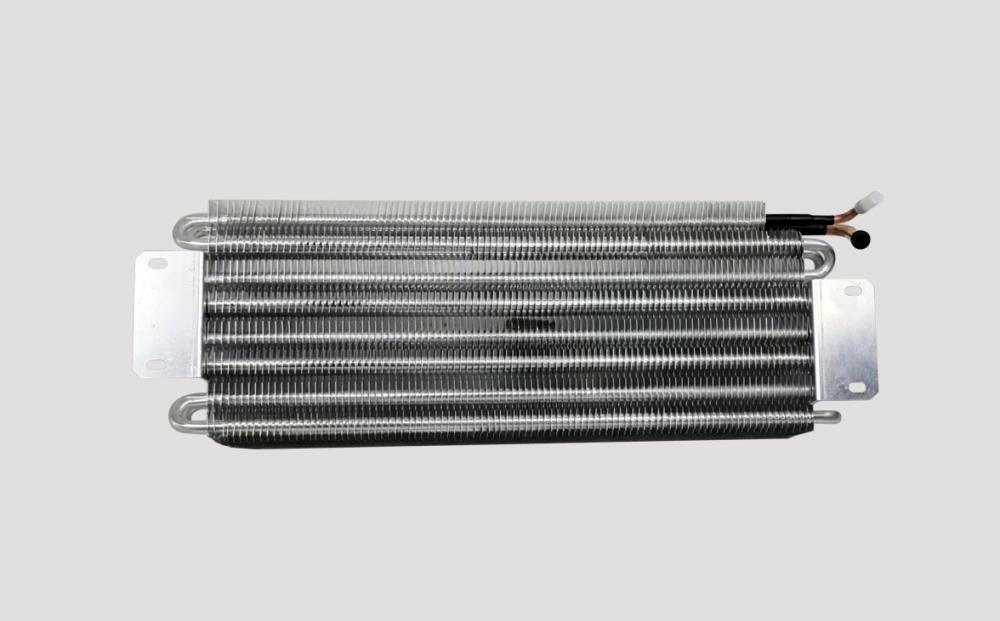


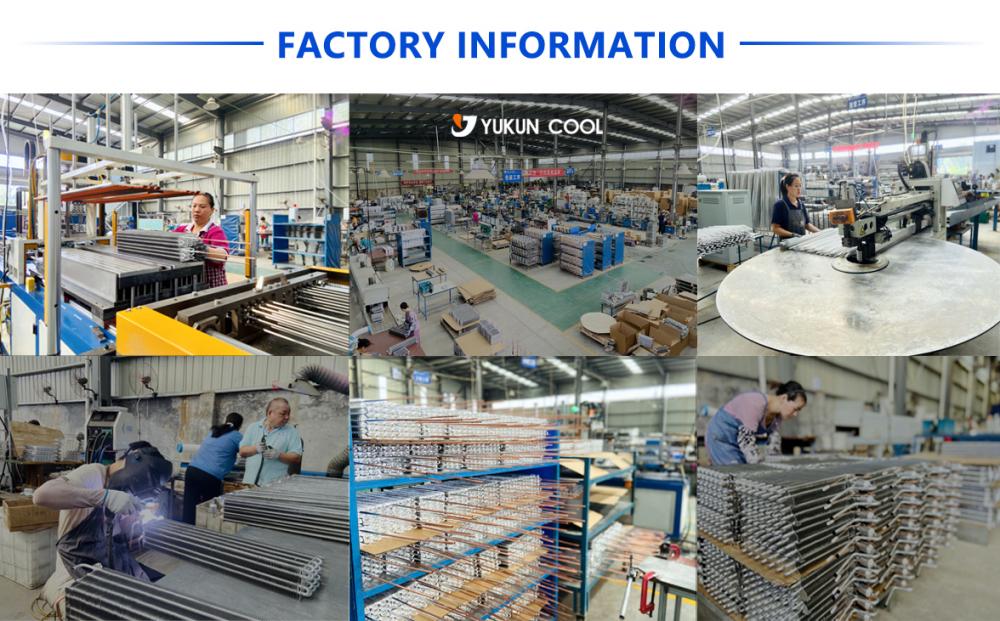
new type
Xinxiang Yukun Refrigeration Technology Co.Ltd , https://www.yukunevaporator.com






